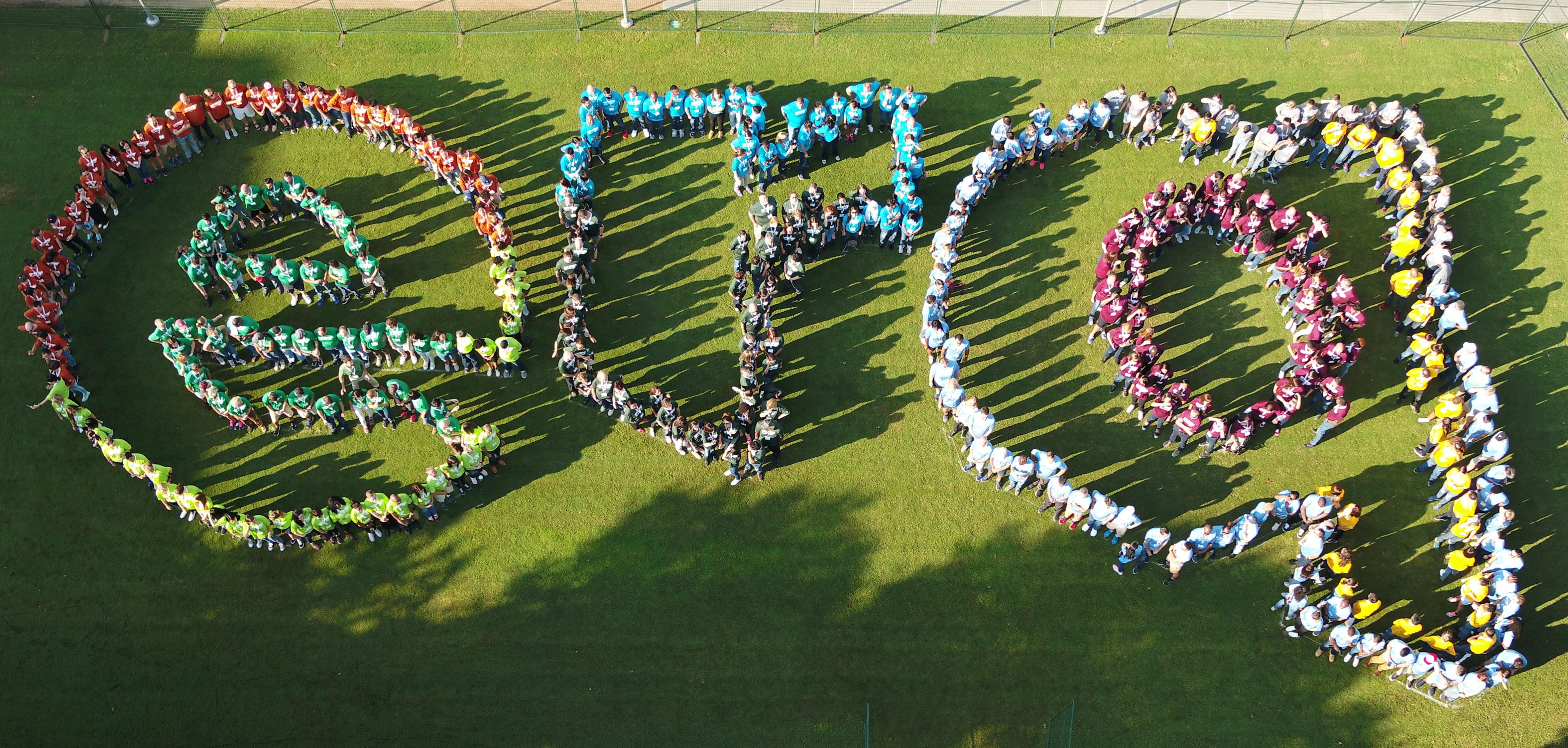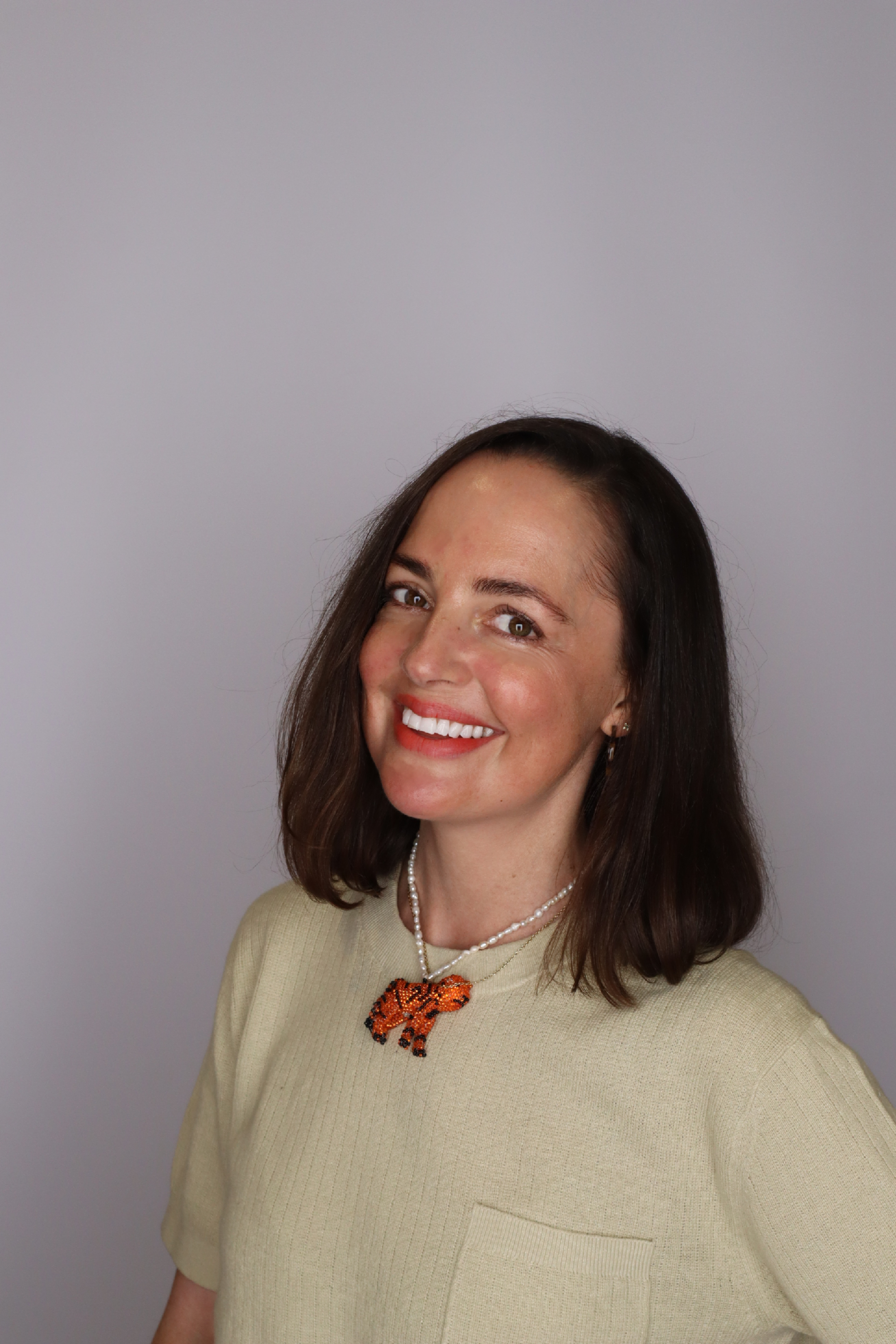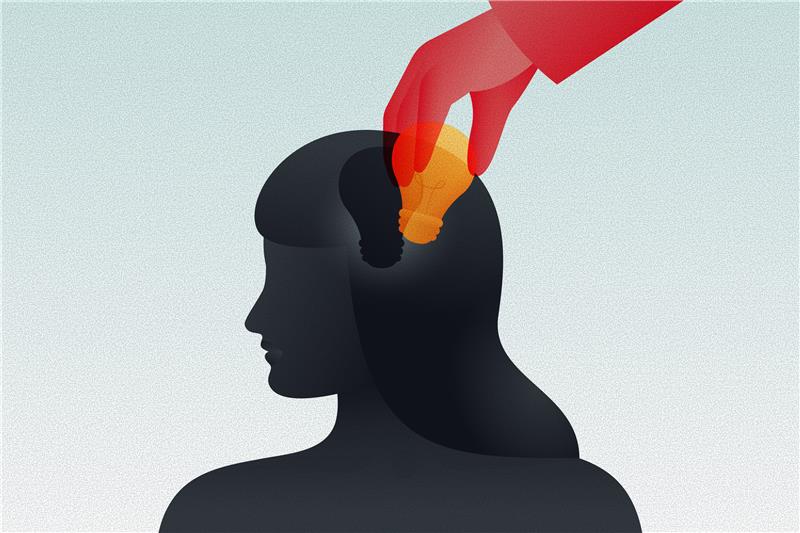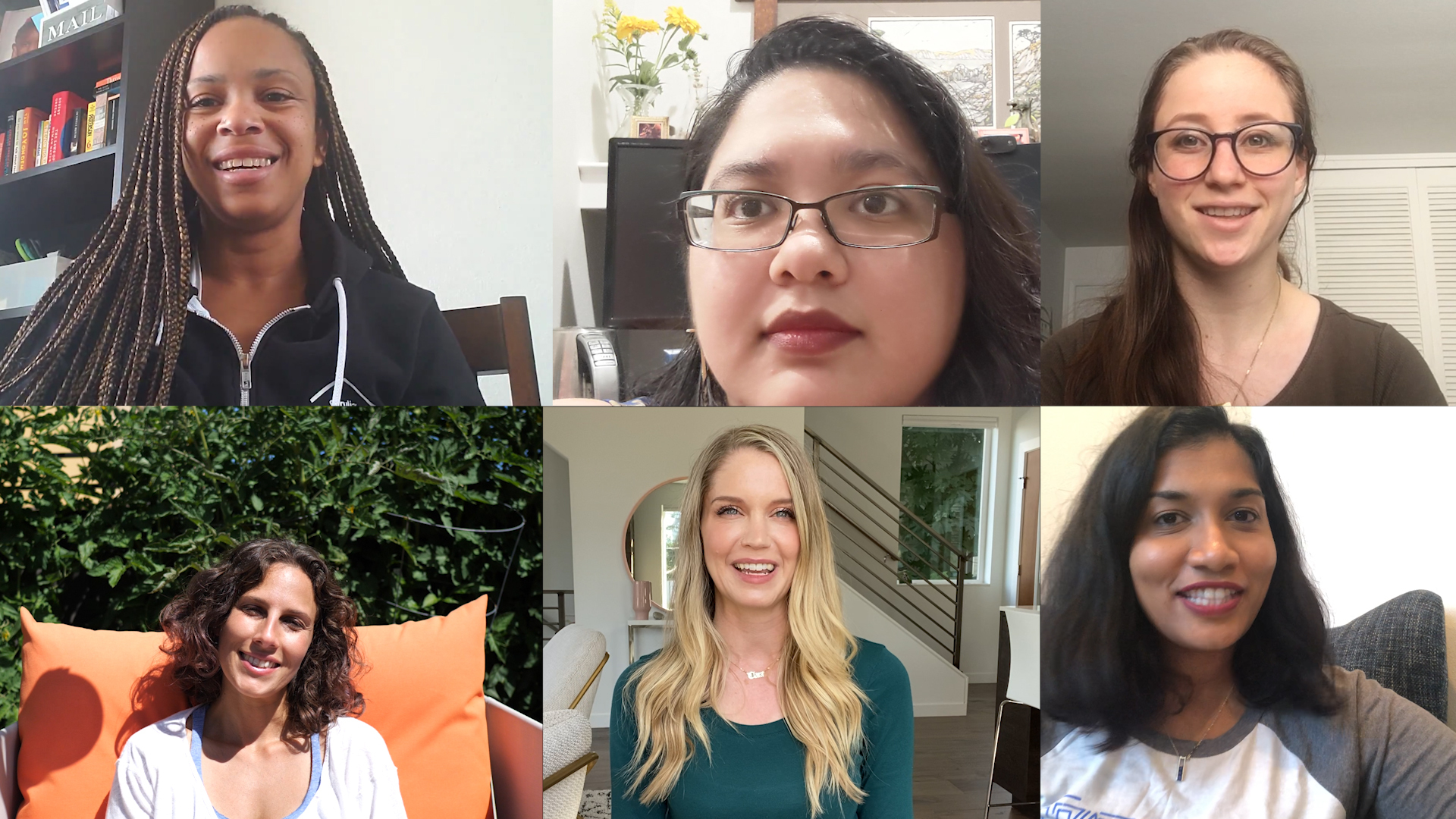Best Workplaces, DEIB, Diversity & Inclusion
On Angela’s first day of automotive mechanics class, she was handed a broom.
It was a joke, said her classmates, as their teacher distributed the tools they’d be using for the day’s lesson. Throughout her years training to be a mechanic and later an industrial maintenance technician, Angela was frequently one of the few — or only — women in her classes and on job sites.
The trades haven’t always been known as beacons of diversity, particularly when it comes to gender. Angela’s experience is just one of many that have plagued women embarking on STEM-based career paths
Sure, schools are doing more to introduce women to STEM careers. After the broom incident, Angela herself served as a mentor in a youth program designed to help high school girls break into the trades.
And women currently make up roughly 20% of engineering graduates — although that figure is less impressive when you realize it’s remained relatively unchanged since the early 2000s, according to the National Center for Education Statistics.
But even as schools push for more gender parity in trades classrooms, what happens once these women graduate? It’s estimated that nearly 40% of women with engineering degrees either leave the profession or never enter the field at all, citing a hyper-masculine culture rife with sexism, gender stereotyping and even outright harassment
It’s a story that chemicals manufacturer Dow is eager to change.
So much more than vows of diversity at Dow
Dow ranked #3 on the Fortune Best Workplaces in Manufacturing & Production™ 2021 list. The list, produced by Great Place To Work®, is based on confidential survey data representing more than 220,000 employees, assessing their daily experiences of innovation, fairness, the company’s values and the effectiveness of their leaders.
This was Dow’s first year on the list. One of the factors that helped catapult it into such a high spot was the company’s commitment to diversity across key demographic groups including race, age, tenure, disability and, yes, gender.
“I work in a team of both male and female engineers. And I can honestly say I’m heard just as loudly as any of my male peers,” says Kaylee Hammontree, a senior production engineer for Poly 5 operations with Dow, in Freeport, Texas.
“In my experience at Dow, I’ve been supported and given information and resources equal to my peers. Dow really strives to have open conversations with your leader about what you need to be happy and successful.”
Hammontree’s experience mirrors Dow employee opinions gathered via the Great Place To Work Trust Index™ survey. In fact, 9% more women than men say they have “lots of” meaningful innovation opportunities at Dow.
In the survey, innovation is measured by factors such as whether employees feel like management seeks their opinions, whether they feel they make a difference at work, how much management celebrates new and better ways of doing things, and the extent to which management involves people in decisions.
Why diversity is key to innovation at Dow
Dow recognizes what many in manufacturing and production could stand to learn: Diverse teams make for better teams, especially when your entire business is about innovation.
That’s because diverse teams are more likely to generate new ideas, thanks to differing perspectives and experiences. They’re also more likely to remain objective and re-examine facts, leading to better decision-making. One study reports that diverse teams make better decisions 87% of the time.
“Inclusion and diversity is a business imperative for Dow,” says John Sampson, senior vice-president of operations, manufacturing & engineering.
“It is not an afterthought, but a catalyst that enables our business success. We are institutionalizing inclusion into everything we do, from hiring, to who has a seat at the decision-making table, to the way we brainstorm.”
So, how does Dow push for diversity, equity, inclusion and belonging (DEIB) in an industry not typically known for it?
It starts with recruitment, explains Hammontree. “We’ve rolled out a new inclusive hiring standard, to set requirements around how we’re posting jobs, finding diverse candidates, and ensuring a diverse interview team. If we’re finding equity in our recruiting process and diversity in our interview process, we’re going to see and enable more diverse outcomes.”
These hiring standards even include an initiative to make it easier for military veterans re-entering the workforce.
"We are institutionalizing inclusion into everything we do, from hiring, to who has a seat at the decision-making table, to the way we brainstorm.”
“In 2020, we launched a military degree equivalency program,” says Sampson. “It recognizes the experience of someone ranked as an E6 in the military world, which would translate to 8-12 years of experience.
That is equivalent to someone who graduates with a four-year college degree.
Dow has also expressed a commitment to gender parity, with a goal to reach 50:50 in leadership roles by 2025. Currently, Dow’s total workforce worldwide is 28% women, and 33% women at the director level.
Regionally, Latin America is leading the charge, with 63% women directors.
Keeping employees engaged with ERGs
Dow boasts 10 different employee resource groups (ERGs) totalling 18,500 employees, including groups for Asian, African, Hispanic and Middle Eastern employees, as well as those living with disabilities, veterans, women and LGBTQ+ employees.
There are also two ERGs dedicated to employees in the early and later stages of their careers, called RISE and PRIME, respectively.
Hammontree helped to implement RISE in their Texas operations and is now part of the team rolling it out across North America.
“It’s really become a passion project for me,” she explains. “In your first six months at Dow, it partners you with a more experienced employee in a similar role or who has experience in the role, but that is outside your immediate work group.”
This buddy system is “someone who can answer your question if you’re not quite comfortable yet going to your co-worker or boss. … Someone who can give you an unbiased opinion and also check your onboarding process.”
On the other end, the PRIME group focuses on employees who are 50 years and older, giving them the opportunity to share their experiences as senior employees as well as to mentor new employees.
Dow has also made a dedicated effort to create a safe space — both emotionally and physically — for employees with disabilities. The company’s Disability Employee Network ERG, of which Sampson is an executive sponsor, has more than 4,500 participants in 30 chapters around the world.
“We’ve developed guidelines to make sure our new and existing buildings have universal design principles that enable disabled employees to have access,” explains Sampson.
“We partnered with IT to develop new tools to allow hearing-impaired employees to remain safe during emergencies — things like portable devices and wristbands with flashing lights or vibrating features that can activate in case of an onsite emergency.”
Diversity and inclusion: an antidote to turnover
There’s a quote by activist Vernā Myers that’s been thrown around a lot over the years: “Diversity is being invited to the party; inclusion is being asked to dance.”
Some in the DEIB space argue the quote is too simplistic to get to the heart of complex issues, but the message remains: diversity and inclusion are not the same thing. A diverse workplace that isn’t inclusive is guilty of tokenism.
Such a workplace is also probably high in turnover. Great Place To Work’s research on company culture has shown that inclusion in the workplace is one of the most important keys to retention.
Employees who trust that they will be treated fairly regardless of race, gender, sexual orientation or age, are nearly 10 times more likely to look forward to going to work, and over five times more likely to want to stay a long time at their company.
Dow is seeing this in its own workplace. The company’s internal 2020 employee survey showed that employees who participated in at least one ERG expressed 10% more overall satisfaction than non-ERG participants.
“Inclusion is becoming part of the fabric of every function and business at Dow,” says Sampson. “You can have diversity, which is a collection of unique differences. But you cannot capitalize on those unique differences without a culture that embraces and values those differences.”
See the full list of the Best Workplaces in Manufacturing & Production 2021.
Get more information from Great Place To Work on how great workplaces are creating diverse, equitable and inclusive workplaces.











